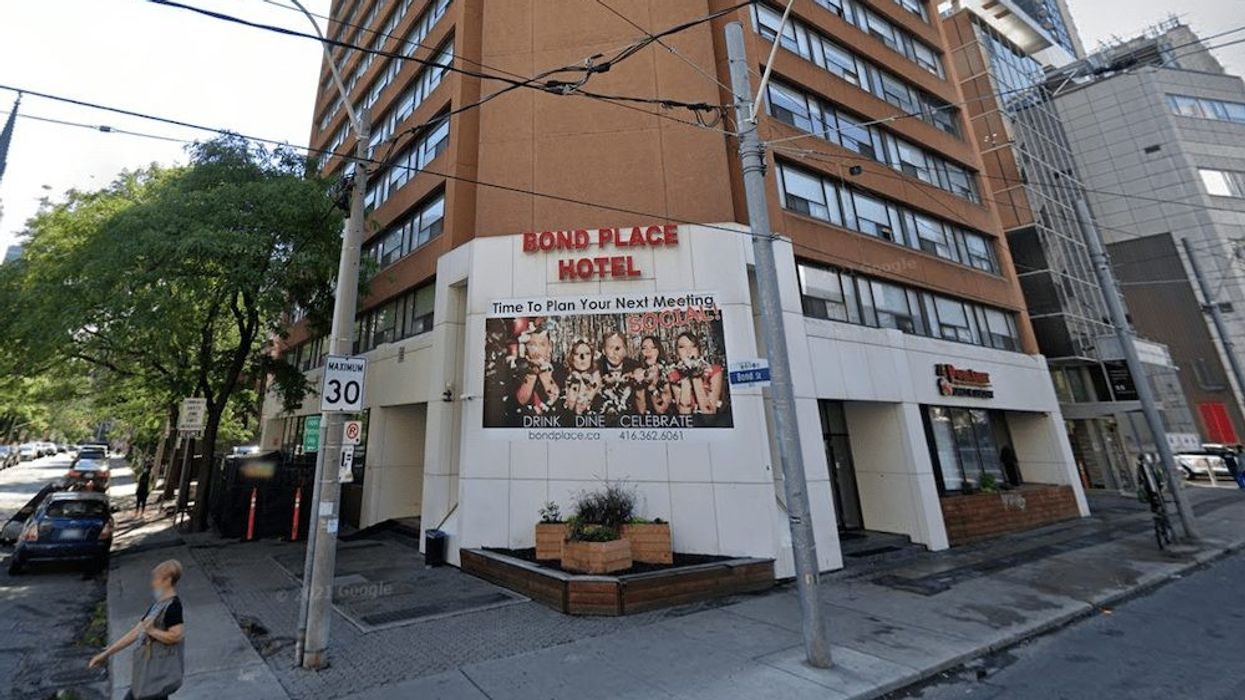In the grips of a housing affordability crisis and a looming recession, the City of Toronto is looking to once again extend leases at temporary shelter sites.
Lack of affordable housing supply, higher housing costs, and a relentlessly volatile economy are pushing the demand for shelter beds in the infamously pricey city, the City of Toronto says.
In April 2022, City Council approved a phased, gradual transition from temporary COVID-19 emergency shelter sites. Now, a City of Toronto staff report going before the Economic and Community Development Committee on Wednesday, January 11 recommends the City continue this approach by requesting authorities to extend the majority of lease and licence agreements at temporary shelter sites until April 2024, along with ancillary services to support those programs.
The report also recommends using federal and provincial funds to continue work to establish the City’s dedicated refugee shelter system to respond to the growing number of refugee claimants and/or asylum seekers looking for emergency shelter. Currently, refugees make up 30% of the City’s shelter system clients.
In addition, the report recommends entering into agreements with other municipalities on a coordinated regional response for refugees, and to request adequate federal and provincial funds to support the continued large-scale arrival of refugees.
The reality remains that Torontonians live in an economy characterized by high inflation, wages and income supports that are too low to address the cost of living in Toronto, and a growing number of refugees now that border restrictions have eased. And this is putting a lot of pressure on an already strained shelter system.
According to the City, Toronto’s shelter system is at capacity most nights, providing shelter and wrap-around support to more than 8,800 people. Currently, there are 23 temporary shelter sites, which make up approximately 30% of the total spaces in the City’s shelter system and provide safe shelter to approximately 3,000 people each night.
The staff report includes the potential closing of up to five temporary sites in 2023 based on the availability of sites and the willingness of property owners to continue existing relationships. This comes after the permanent closure of the highly controversial shelter at 45 The Esplanade last month. As more sites are decommissioned, the City says it will work collaboratively with site operators and clients to develop relocation plans that match clients with permanent housing as much as possible, or space in the shelter system that meets their individual needs.
The City acknowledges that the solution to eradicating chronic homelessness goes beyond emergency responses. It says more supportive housing is needed to provide a combination of deeply affordable homes and a range of support services to help people live independently and with dignity.
Since September 2020, when Council approved the 24-month COVID-19 Housing and Homelessness Recovery Response Plan (2021-2022), almost 3,600 new supportive and affordable housing opportunities have been secured. In May 2022, Council approved a new 24-Month Housing Recovery and Resilience Plan (2023-2024), aimed at creating 4,000 additional affordable and supportive housing opportunities with the help of the federal and provincial governments.
Furthermore, Mayor John Tory’s recently approved 2023 Housing Action Plan calls for building significantly more housing along all aspects of the housing spectrum, including deeply affordable and supportive housing.
The City says it is committed to making homelessness "rare, brief, and non-recurring" -- but it can’t do it alone. In the face of rising rates of homelessness, it is calling on other orders of government to provide long-term funding for housing, refugee support, and health services, including mental health and harm reduction supports, for people experiencing homelessness.
Currently, sky-high food and rent prices leave few options for society's most vulnerable, who may not have had to turn to the streets, tents, or shelter beds in a different climate. Investments in homelessness prevention and poverty reduction measures, such as increases to social assistance benefit rates and housing benefit allocations, are also needed to better respond to the actual cost of living in Toronto and prevent more households from falling into deep poverty and homelessness, says the City.
Of course, all of this is easier said than done. In the meantime, one thing is glaringly obvious: Toronto's homeless problem isn't going anywhere any time soon.





















